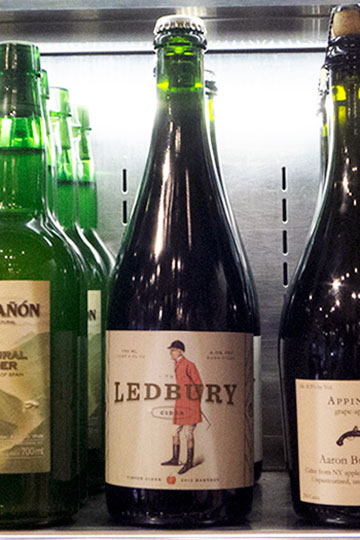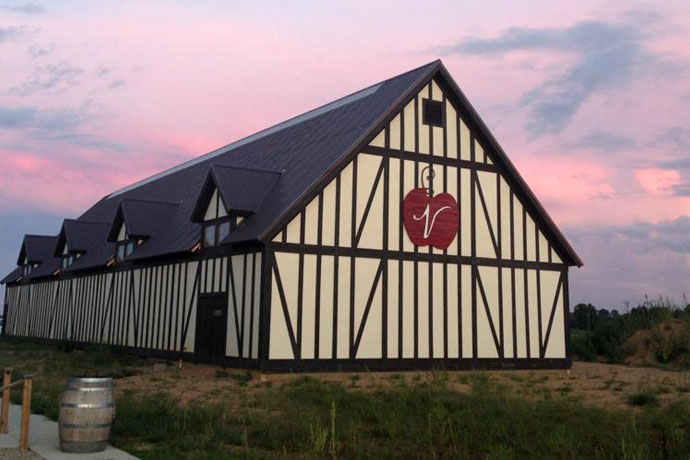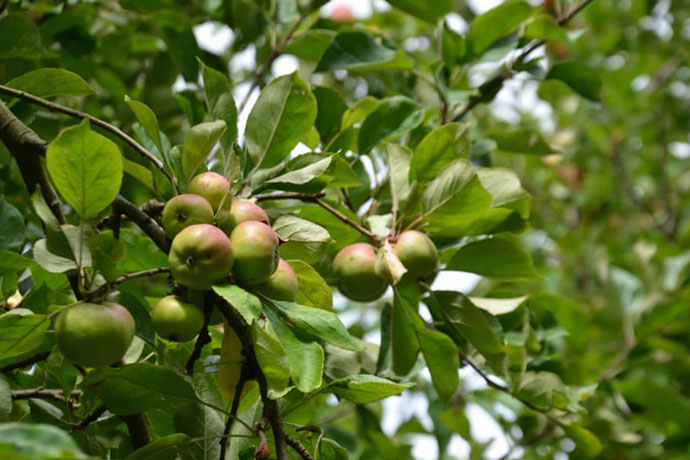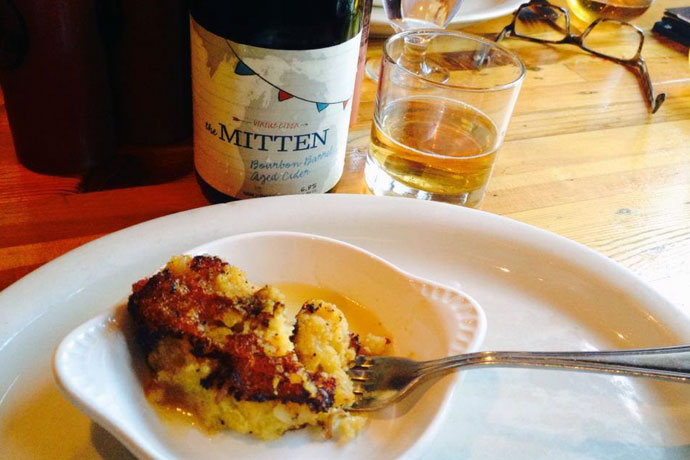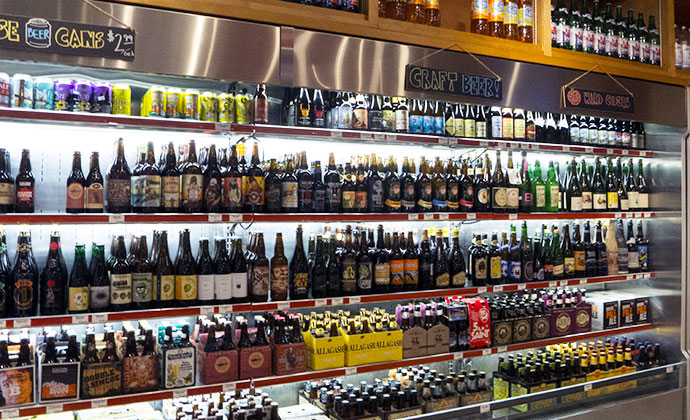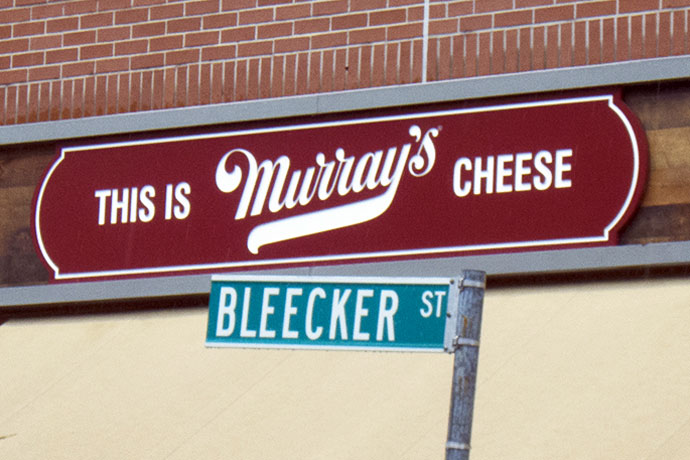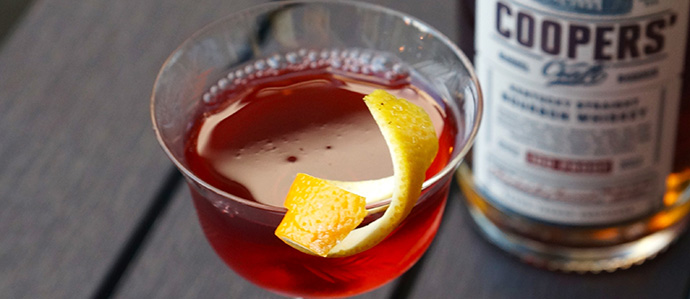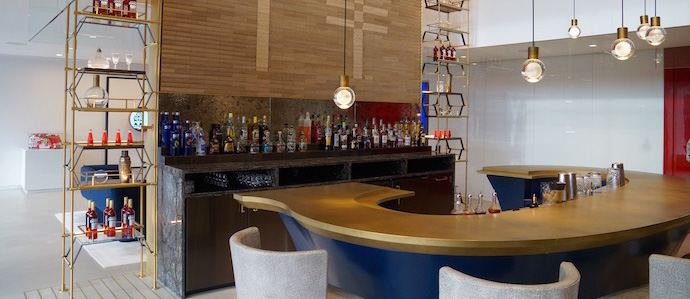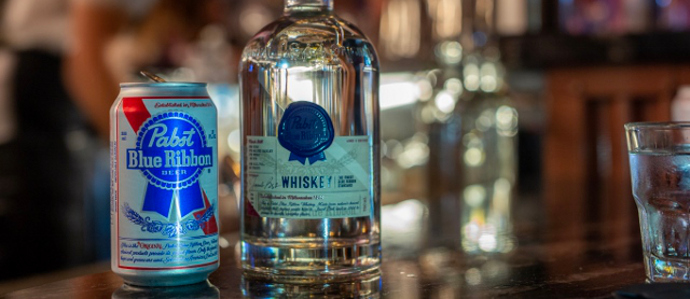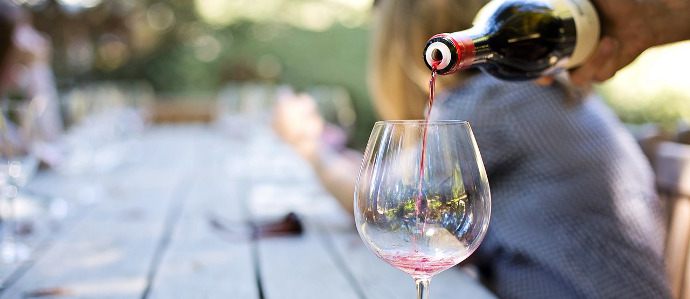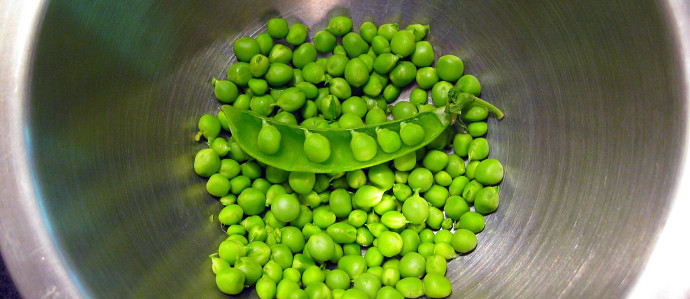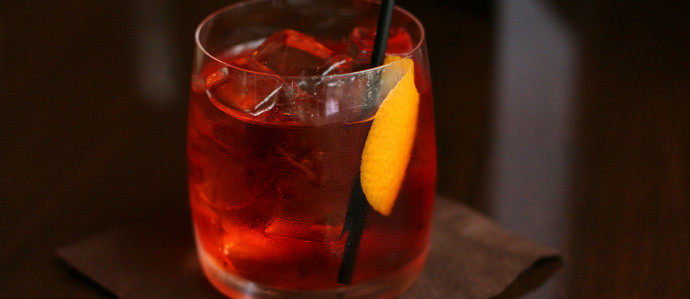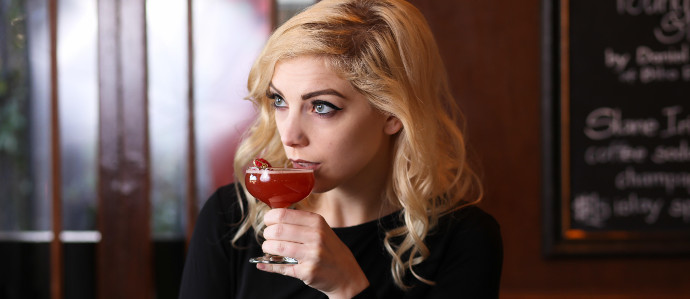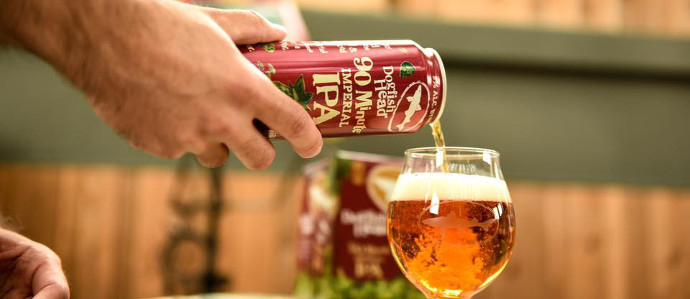Exploring the Art of Cider Making with Greg Hall of Virtue Cider |
Far from being a negative, that variance is one of the things that makes cider interesting to Hall, and he’s not alone. In Normandy, it’s not unusual to find seven- or eight-year-old cider sold at a premium – “not a wine premium,” Hall says, but nonetheless a markup that marks a vintage. Holding a vintage cider can bring subtle pleasures. In the bottle, the cider “continues to condition,” Hall says. Keep your cider in a cool, dark place. Heat and sunshine will do no favors to vintage bottles of anything.
This is a fine time to learn about craft ciders. All indicators are that cider will make increasing appearances in New York City and elsewhere. Hall says, “We’ve had interest from chefs, especially beer bars. We’re still very, very early.” This is the stage where newcomers taste easy ciders. After that, Hall predicts that people will go for the biggest, boldest tastes they can find. Then tastes will settle. “Right now, the boom is hoppy beers. I think it’s that way with food. I know people who put sriracha on everything. They’re people who don’t understand food at all yet. People who order a big bottle of Barolo more than once a year – That’s not how you’re supposed to drink wine. Pretty much everybody I know drinks ninety percent white wine these days, because they want flavor and complexity, and they don’t want to be overwhelmed.” Can you get that intricacy from cider? Hall’s tone is as crisp as a ripe Macoun: “Absolutely.”
Photo via Seanan Forbes
7/8
Inside Look: Campari's Stylish North American Headquarters in New York
Behind the Bar: Liana Oster of Dante






